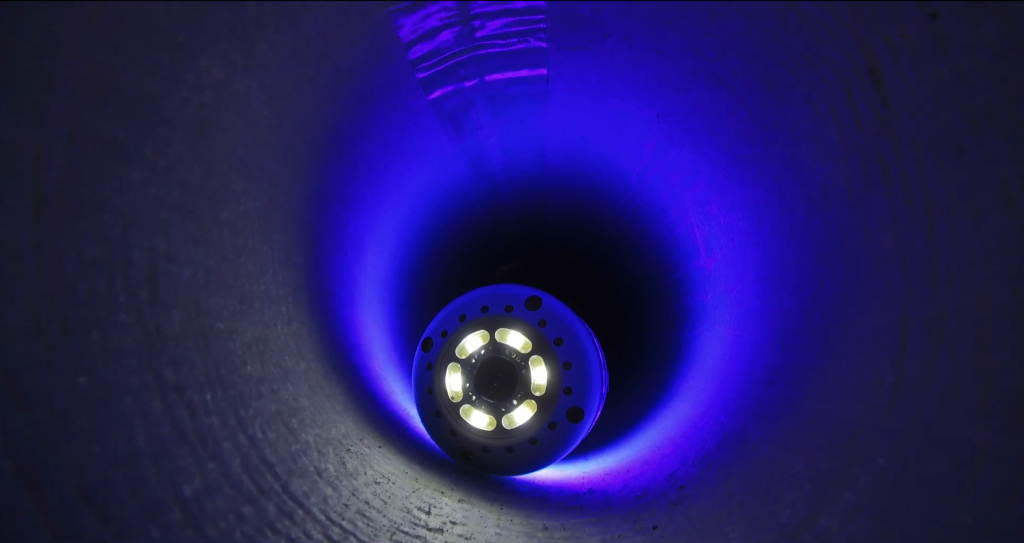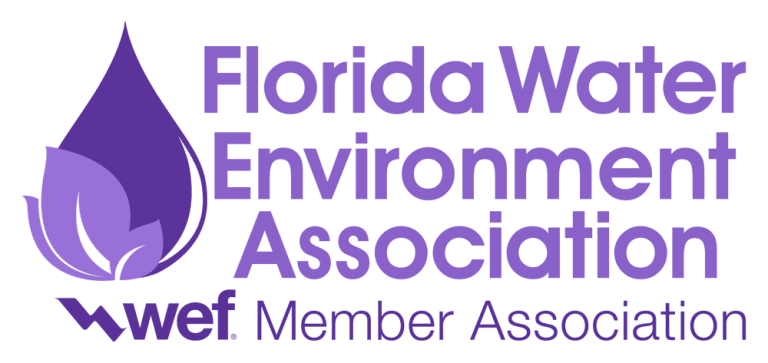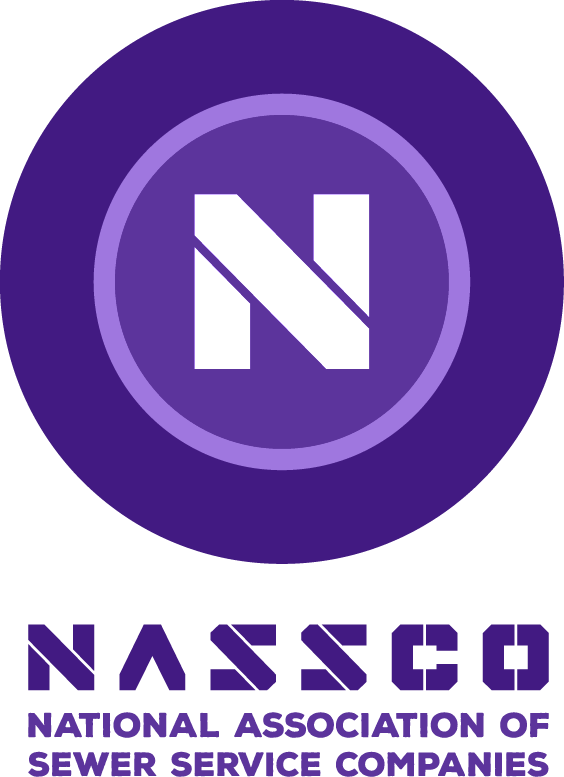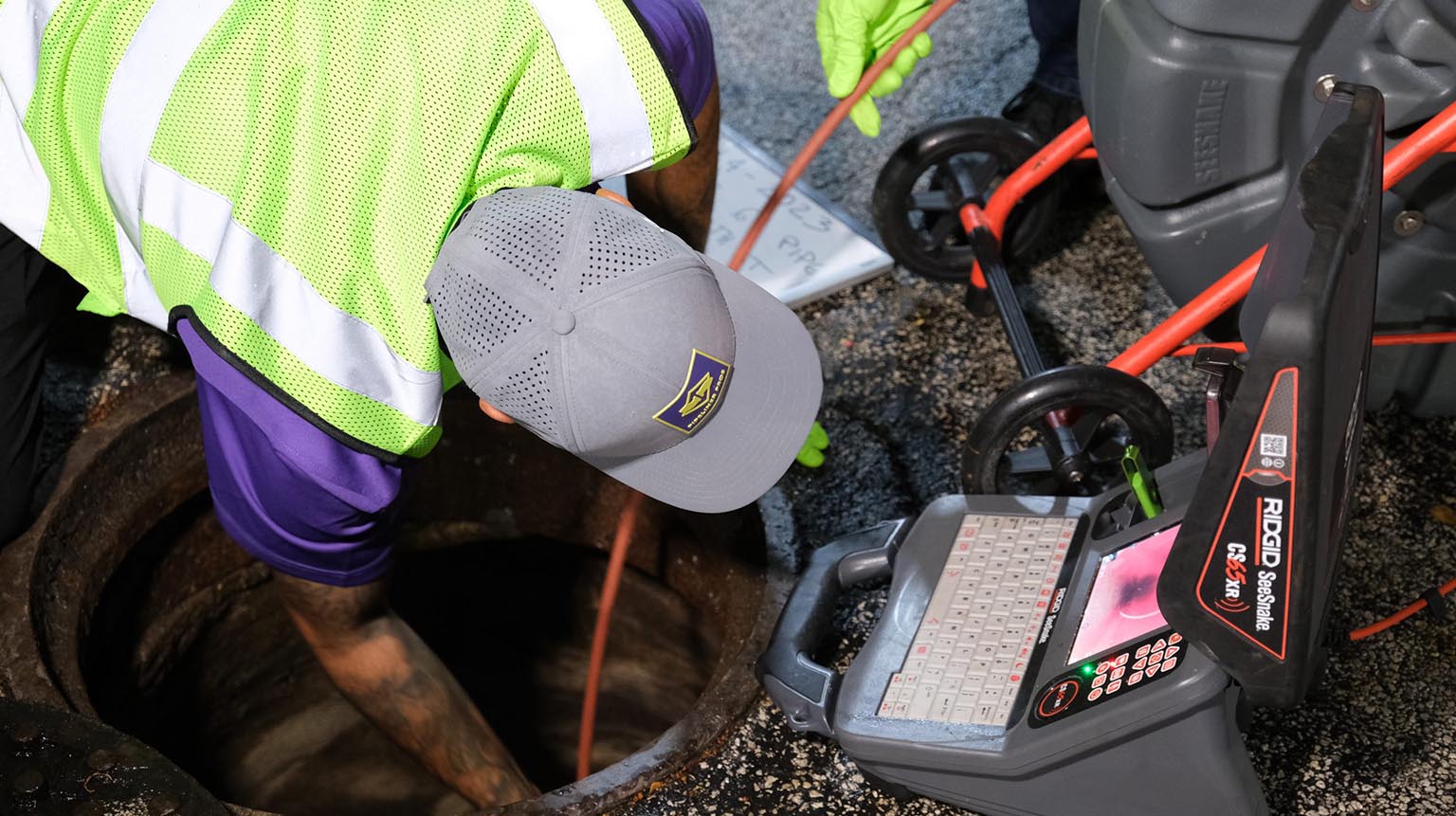In facility management, ensuring the integrity and efficiency of pipeline systems is not just a matter of operational continuity but a critical safeguard for environmental protection and economic stability. This article explores the significance of pipeline condition assessment and asset management and outlines why these processes are indispensable for facility operators across various industries. Focusing on sustainability, safety, and compliance, we delve into best practices, technological advancements, and strategic insights that empower businesses to manage their pipeline assets effectively.
The Importance of Pipeline Condition Assessment
Understanding Pipeline Condition Assessment
Pipeline condition assessment refers to the comprehensive evaluation of the physical state of a pipeline system to identify any existing or potential issues that might affect its performance or safety. This process is crucial for preventing leaks, ruptures, and other failures that could lead to environmental disasters, financial losses, or endanger public safety.
Benefits of Regular Pipeline Assessment
Enhanced Safety: Regular assessments help prevent accidents and leaks, ensuring the safety of the public and the environment.
Operational Reliability: By detecting issues early, operators can perform necessary repairs before problems escalate, avoiding costly downtime and maintaining steady production.
Regulatory Compliance: Many industries are governed by strict regulatory standards that require regular pipeline inspections. Staying compliant helps avoid legal penalties and operational interruptions.
Extended Asset Life: Understanding the condition of pipeline systems enables timely maintenance, thus extending the lifespan of these assets and optimizing capital expenditure.
Techniques and Technologies
Advancements in technology have revolutionized pipeline assessments. Techniques like ultrasonic testing, magnetic flux leakage, and smart pigging provide detailed insights into pipeline conditions. These technologies detect present defects and predict potential failure points, allowing for proactive management.
The Role of Asset Management in Pipeline Operations
Defining Asset Management
Asset management in the context of pipelines involves a strategic approach to managing infrastructure assets through their lifecycle to maximize value, control costs, and mitigate risks. This practice encompasses planning, implementation, maintenance, and eventual decommissioning or replacement of assets.
Critical Components of Effective Asset Management
Asset Inventory: Comprehensive documentation of all assets, their conditions, and maintenance history.
Risk Assessment: Identifying and analyzing risks associated with each asset to prioritize maintenance and resource allocation.
Maintenance Strategies: Develop scheduled maintenance plans based on the condition and criticality of assets.
Performance Monitoring: Using sensors and data analytics to monitor the performance and condition of pipeline systems continuously.
Impact of Asset Management
Effective asset management ensures that pipeline systems operate within their intended design parameters, reducing operational risks and increasing efficiency. By strategically managing assets, companies can achieve higher performance levels, reduce environmental impact, and enhance sustainability.
Best Practices in Pipeline Condition Assessment and Asset Management
Implementing a Proactive Approach
Adopting a proactive approach to maintenance—based on the data obtained from regular assessments—helps mitigate risks before they lead to failures. This approach saves money in the long term and ensures minimal disruption to operations.
Integration of IoT and AI
Integrating the Internet of Things (IoT) and artificial intelligence (AI) in pipeline monitoring systems has transformed asset management. These technologies offer real-time data collection and analysis, leading to more informed decision-making and enhanced predictive maintenance capabilities.
Training and Development
Investing in training and development ensures that personnel are equipped with the necessary skills and knowledge to manage and maintain pipeline systems effectively. This investment enhances operational efficiency and safety standards.
Compliance and Sustainability
Aligning pipeline assessment and asset management practices with compliance requirements and sustainability goals is not just good practice—it’s essential for public trust and corporate responsibility. Companies that demonstrate a commitment to sustainable practices are better positioned in competitive markets and can more effectively manage regulatory changes.
Conclusion
Assessing and managing pipeline conditions are critical components of successful facility operations. By emphasizing the importance of these practices, companies can ensure safer, more efficient, and compliant operations, fostering sustainability and resilience in their operations. As technology evolves, the potential to optimize these processes further is vast, promising even greater efficiencies and safety assurances.
Vigilance in pipeline assessment and asset management holds the key to sustainable industrial success and environmental stewardship in the complex web of facility management. Engaging with these practices is not merely a regulatory requirement but a strategic imperative that defines a company’s trajectory of operational excellence and ecological footprint.












